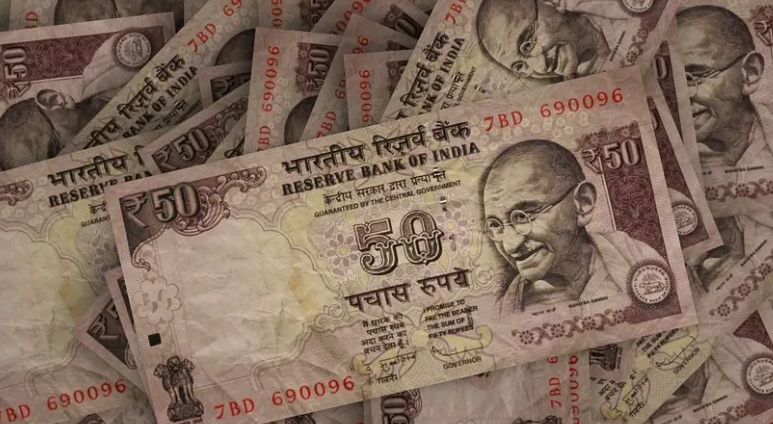Are you planning a trip to India or interested in learning more about its economy and currency? Look no further than this comprehensive guide to the India National Currency. As the official currency of India, the Rupee has a rich history and plays a significant role in the country's economy. In this article, we will explore the origins of the Rupee, its design and features, its exchange rate, and its impact on India's economy.
Origins and History of the India National Currency
The Indian Rupee has a long and fascinating history that dates back to ancient India. The word "rupee" comes from the Sanskrit word "rupya," which means "made of silver." The first coins issued in India were made of silver and were called "panas."
Over time, various rulers and dynasties issued their own coins, including the Mughal Empire, which issued the popular silver coin called the "Rupiya." The British East India Company introduced the first paper currency in India in the 18th century, which was known as the "Company Rupee."
After India gained independence from Britain in 1947, the Reserve Bank of India was established, and it began issuing the modern Rupee. The Rupee was initially pegged to the British pound, but it was later devalued and linked to a basket of currencies.
Design and Features of the India National Currency
The Indian Rupee is a beautiful and colorful currency with unique design features. The front side of the Rupee features a portrait of Mahatma Gandhi, who is considered the father of the Indian nation. The back side of the Rupee features various images and symbols that represent India's cultural heritage and history.
The Rupee is available in denominations of 1, 2, 5, 10, 20, 50, 100, 200, 500, and 2,000. Each denomination has a unique color and design. The Rupee also features several security features, including watermarks, security threads, and color-shifting ink.
Exchange Rate of the Indian Rupee
The exchange rate of the Indian Rupee varies depending on various factors, including economic conditions, political stability, and global market trends. As of April 2023, the exchange rate of the Rupee is around 74.36 Rupees to one US dollar.
The Rupee is a freely convertible currency, meaning that it can be traded on the global foreign exchange market. However, there are restrictions on the amount of Rupees that can be taken in and out of India.
The Role of the India National Currency in India’s Economy
The Indian Rupee plays a vital role in India's economy, as it is the official currency of the country. The Reserve Bank of India regulates the supply of Rupees in circulation, and it uses various monetary policy tools to control inflation and maintain financial stability.
The Rupee is also used for international trade, as India is a major exporter of goods and services. The Rupee is also used as a reserve currency by other countries in the region, such as Nepal and Bhutan.
FAQs
- Can I exchange Indian Rupees outside of India?
Yes, Indian Rupees can be exchanged for foreign currency at authorized exchange counters and banks.
- What is the largest denomination of the Indian Rupee?
The largest denomination of the Rupee is the 2,000 Rupee note.
- Are there any restrictions on the amount of Rupees I can take in or out of India?
Yes, there are restrictions on the amount of Rupees that can be taken in or out of India. The current limit is Rs. 25,000 per person, per trip. Any amount above this limit must be declared and approved by the Reserve Bank of India.
- How does the exchange rate of the Rupee affect India's economy?
The exchange rate of the Rupee has a significant impact on India's economy, as it affects the cost of imports and exports. A weaker Rupee can make exports cheaper and more competitive, but it can also lead to higher inflation and a higher cost of living for Indian consumers.
- Is the Rupee accepted in countries outside of India?
The Rupee is not widely accepted outside of India, and it is recommended to exchange Rupees for the local currency when traveling abroad.
Conclusion
The Indian Rupee is a fascinating currency with a rich history and a significant role in India's economy. From its ancient origins to its modern design and security features, the Rupee is a symbol of India's cultural heritage and economic strength. Understanding the Rupee and its impact on India's economy is essential for anyone interested in India's history, culture, and business landscape.
References
- Reserve Bank of India. (n.d.). History of Indian Rupee. https://www.rbi.org.in/scripts/historyofindianrupees.aspx
- Reserve Bank of India. (2021). Currency Notes. https://www.rbi.org.in/currency/currency_notes.html
- XE.com. (2023). USD to INR Exchange Rate. https://www.xe.com/currencyconverter/convert/?Amount=1&From=USD&To=INR
